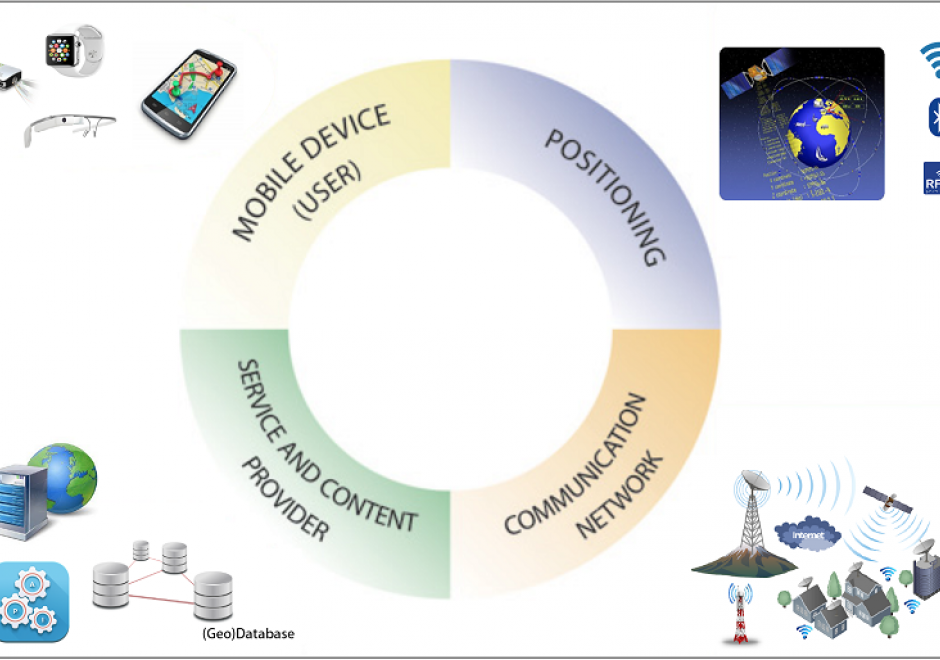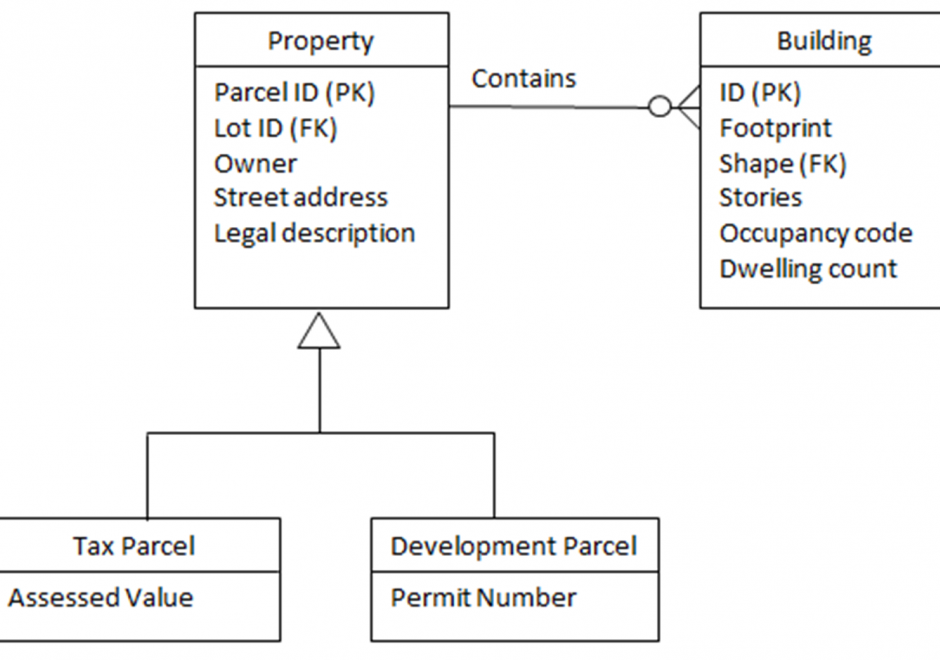AM-46 - Location-allocation modeling

- Describe the structure of origin-destination matrices
- Explain Weber’s locational triangle
- Assess the outcome of location-allocation models using other spatial analysis techniques
- Compare and contrast covering, dispersion, and p-median models
- Locate, using location-allocation software, service facilities that meet given sets of constraints
- Explain the concepts of demand and service




GS-04 - Location Privacy
How effective is this fence at keeping people, objects, or sensitive information inside or outside? Location Privacy is concerned with the claim of individuals to determine when, how, and to what extent information about themselves and their location is communicated to others. Privacy implications for spatial data are growing in importance with growing awareness of the value of geo-information and the advent of the Internet of Things, Cloud-Based GIS, and Location Based Services.
In the rapidly changing landscape of GIS and public domain spatial data, issues of location privacy are more important now than ever before. Technological trailblazing tends to precede legal safeguards. The development of GIS tools and the work of the GIS&T research and user community have typically occurred at a much faster rate than the establishment of legislative frameworks governing the use of spatial data, including privacy concerns. Yet even in a collaborative environment that characterizes the GIS&T community, and despite progress made, the issue of location privacy is a particularly thorny one, occurring as it does at the intersection of geotechnology and society.